
02-01-2026 17:43
MARICEL PATINOHi there, although I couldn't see the fruitbody, I

01-01-2026 18:35
Original loamy soil aside a artificial lake.The co

31-12-2025 19:27
Collected from loamy soil, at waterside (completel

30-12-2025 16:44
Pascal DucosBonjour,Une anamorphe rose stipitée, très nombre

30-12-2025 17:14
 Bernard CLESSE
Bernard CLESSE
Bonjour à toutes et tous,Pourriez-vous aider Albe

29-12-2025 10:15
Hulda Caroline HolteHello, I found and collected this propoloid ascom
another black bitunicate asco
Ethan Crenson,
05-03-2019 05:59
Found on the same branch on which fruited the Trichopeziza (?) in my previous posting (56603). They are a cluster of tiny black fruiting bodies smaller than 1mm in diameter, rubbery (not carbonaceous) with a simple ostiole. Asci 72-89 x 12.5-13.5µm, IKI- and bitunicate. Spores light yellow to hyaline, 3-septate, some swollen above the central septation. They measure 17-20 x 6-6.8µm. I did notice one part spore (picture 5), like the missing nose cone of rocket. Any ideas what this could be.
Thanks in advance,
Ethan
Chris Yeates,
05-03-2019 16:41

Re : another black bitunicate asco
Looks very much like Melanomma pulvis-pyrius; can't think of anything else.
Regards
Chris
Ethan Crenson,
06-03-2019 20:05
Re : another black bitunicate asco
Chris,
Thank you for the suggestion. I'm reading a description of M. pulvis-pyrius in Fungi of Switzerland. The microscopic features seem to align fairly well with my collection. But it is described as being "without a distinct pore". Mine have a simple pore. Then again, I have also seen certain photos on the web claiming to show M. pulvis-pyrius with what looks like a distinct pore.
Do you know of any good literature I could acquire to read up on M. pulvis-pyrius?
Ethan
Chris Yeates,
06-03-2019 21:29

Re : another black bitunicate asco
The attached from Munk's Danish Pyrenomycetes. Note he refers to a "porus" and shows one in the section. I suspect the pores in your images are rather large following spore discharge and subsequent abrasion. I'm sure that 's what you have - it's a very common and widestread species.
regards
Chris
Ethan Crenson,
06-03-2019 22:33
Re : another black bitunicate asco
Many thanks!




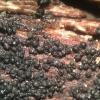
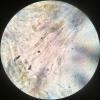

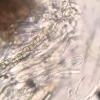
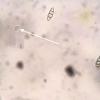
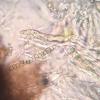

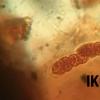
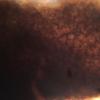
 Extracted-pages-from-1957-v17-n1-Munk-Pyrenos-0001.pdf
Extracted-pages-from-1957-v17-n1-Munk-Pyrenos-0001.pdf